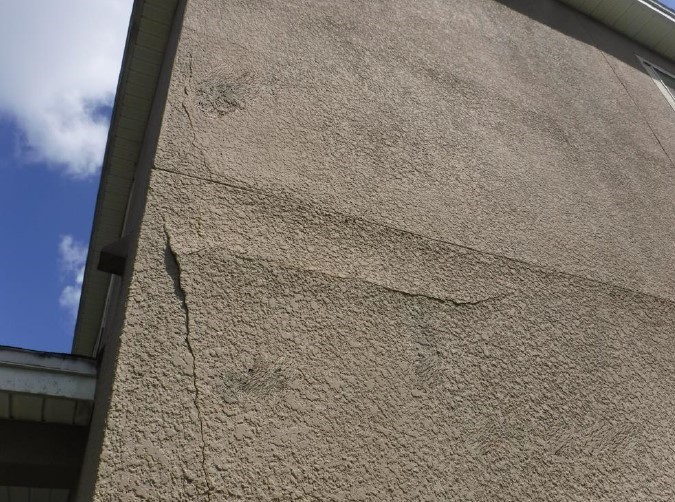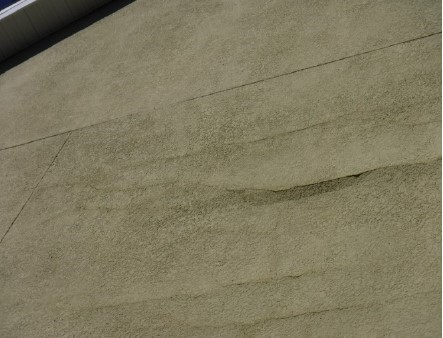Construction Defects
Homeowners and business owners in Florida have the expectation that when they hire a builder or licensed contractor for a construction project, the work performed will meet the requirements of the Florida Building Code and standard industry practices. Unfortunately, many unscrupulous builders and contractors take shortcuts, failing to properly construct residences and commercial buildings. Many homeowners share similar stores about how builders and contractors downplay visible damage or assure owners that those items will be covered by their warranties. All too often, once the deal is done, those businesses and contractors stop returning your phone calls and the warranties given in connection with the project turn out to exclude the type of damage occurring.
 Florida laws strongly favor builders and developers. These large companies also have the resources to overwhelm typical homeowners who try and enforce their rights without the help of an experienced attorney.
Florida laws strongly favor builders and developers. These large companies also have the resources to overwhelm typical homeowners who try and enforce their rights without the help of an experienced attorney.
A homeowner may be entitled to recover monetary damages for injuries or property losses which occur from poor or negligent construction. If you hired a builder or contractor to do a job, and they failed to exercise a reasonable degree of care or skill, then you may be entitled to damages should your structure begin to fail or suffer a diminished useful life.
Negligent construction practices may reveal themselves in many ways. Commonly, many of our clients have been negatively impacted by poor stucco installations.
What is stucco?
Stucco is a type of cement plaster which is temperature and water resistant, glare resistant, a thermal insulator, and very affordable. Today, exterior stucco systems are a common sight throughout Florida construction projects.
Stucco’s biggest advantage is that it’s a continuous structure once it’s applied. Being a form of cement, it’s a pliable coating that’s spread over a surface, at which point it cures into a solid shell. Properly installed, an exterior stucco system can protect your home or business for decades.
What are stucco’s disadvantages?
Stucco, like all cement products, must be mixed and applied properly to retain its positive characteristics. There are many opportunities for a builder or contractor to fail to meet the requirements of the Florida Building Code when installing stucco. While some smaller cracks in stucco have the ability to be cosmetically repaired, by the time homeowners notice visible damage to their stucco systems, it typically means that water has infiltrated the stucco system and is actively damaging the hidden components. At this point, the best course of action is to tear off and demolish the existing stucco, correct the problems behind the stucco, and rebuild the stucco from the inside out.
Why does stucco fail?
 Properly applied exterior stucco finishes can have a useful life of 20, 30, even 50 years or more. However, when a contractor fails to install the right accessories, fails to install the lath or water resistant barrier properly, or fails to apply sufficient thickness to the stucco, it can cause premature failures.
Properly applied exterior stucco finishes can have a useful life of 20, 30, even 50 years or more. However, when a contractor fails to install the right accessories, fails to install the lath or water resistant barrier properly, or fails to apply sufficient thickness to the stucco, it can cause premature failures.
As the stucco begins to fail, the most common sign is cracking on your exterior walls. Without proper expansion joints, that cracking can spread throughout many areas. These cracks permit additional water to infiltrate the stucco systems, leading to rusting of the metal lath. Once this lath rusts, it expands, causing additional cracking to occur. Eventually, the excess water entering into the system will create bubbling, buckling, and perhaps even cause large chunks to fall off the side of your home!
Do you have stucco issues?
Unfortunately, it often requires the expertise of a professional engineer to adequately tie stucco related problems to an initial construction defect. By that time, you may be facing repairs bills in the tens or hundreds of thousands of dollars. Often, these repairs require the demolition of all existing stucco and the affected wood or concrete substrates.
In Florida, a homeowner must file a claim for faulty initial construction within 10 years of actually occupying the property, or from the time the certificate of occupancy is issued, whichever is later. In cases where a community association (such as a condominium) is affected, the time to file a lawsuit is shortened to only four years from the time of turnover from the developer to the owners.
Our team at Woods Trial Law has years of experience helping thousands of home and business owners evaluate and investigate stucco-related construction defects. Our clients rely on us for our specialized skill and knowledge navigating the legal process to hold builders and contractors accountable where they have put profits over people.
Once you contact our office, you’ll receive a free case evaluation with a qualified construction attorney. Your home is often your most valuable asset – protect it from contractor’s and builder’s negligence by contacting us today to begin your free case evaluation and repair any damages caused by negligent construction.

